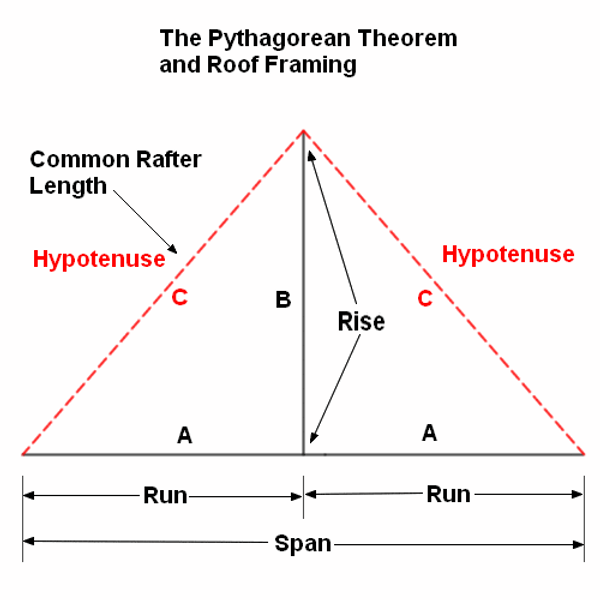Roofing Components
- carissa184

- Oct 11, 2016
- 2 min read
Updated: Sep 20, 2021
A roof is part of a building envelope. It is the covering on the uppermost part of a building or shelter which provides protection from animals and weather, notably rain or snow, but also heat, wind and sunlight. The word also denotes the framing or structure which supports that covering.
The characteristics of a roof are dependent upon the purpose of the building that it covers, the available roofing materials and the local traditions of construction and wider concepts of architectural design and practice and may also be governed by local or national legislation. In most countries a roof protects primarily against rain. A verandah may be roofed with material that protects against sunlight but admits the other elements. The roof of a garden conservatory protects plants from cold, wind, and rain, but admits light.
A roof may also provide additional living space, for example a roof garden.

HIP & RIDGE
Hip and Ridge shingles add an attractive, finished look to your roof's hips and ridges.







Roofing Underlayment Materials



With all the seams in a roof -- especially with traditional shingles -- there has to be a layer of protection between the roofing materials and your house. That's where roofing underlayment materials come into play.
It used to be that an asphalt-saturated building paper acted as a weather barrier between roofing materials and the roof. Today, there are many options for roofing underlayment materials -- rubberized asphalt to organic, fiberglass to synthetic. The right underlayment for your roof will keep moisture, cold weather and stifling summer air out, giving your roof a longer life. Many have anti-slip technology to protect the people who install the roof, and they can be exposed for up to six months while the roof gets built. If going green is on your agenda, you can choose from organic underlayments, as well as synthetic ones that can help your home become Leadership in Energy and Environmental Design (LEED) certified.
FLASHING



Flashing refers to thin pieces of impervious material installed to prevent the passage of water into a structure from a joint or as part of a weather resistant barrier (WRB) system.
Before the availability of sheet products for flashing carpenters used creative methods to minimize water penetration such as angling roof shingles away from the joint, placing chimneys at the ridge, and building steps into the sides of chimneys to throw off water. The introduction of manufactured flashing decreased water penetration at obstacles such as chimneys, vent pipes, walls which abut roofs, window and door openings, etc. thus making buildings more durable and reducing indoor mold problems.
